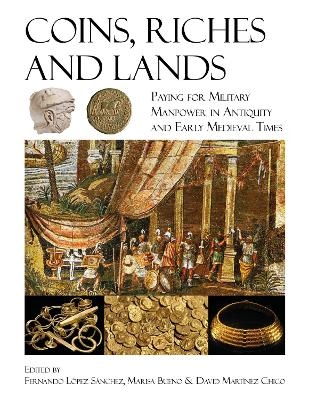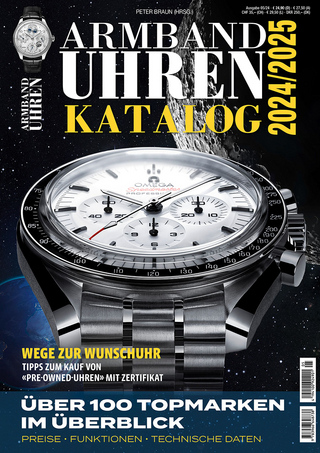
Coins, Riches, and Lands
Oxbow Books (Verlag)
978-1-78925-990-2 (ISBN)
Land was the ideal store of wealth in the ancient Mediterranean world. It brought social respectability, and its possession allowed participation in the politics of the cities governed by landowning elites. Crucial defense of the interests of a given polity through armed services often involved the distribution of lands to laborers still not integrated in these societies. Mediterranean urban dynamics also involved paid labor and were always in need of short-contract manpower, including skilled soldiers and warriors. For short-time military services, lands were not always available so soldiers and warriors were paid with coins and riches.Because of their superior development, urban economies in the Mediterranean were able to attract migrant paid labor. When returning home, the migrant warriors carried coins and riches that would enable them to maximize the return that a homecoming entailed. Although difficult to prove whether these men were paid in advance or when discharged, it is an important issue as it shows the strength of one contractor over another and helps to better understand the construction of statehood in ancient and early medieval times.This collection of papers sheds light on how coins, riches, and lands were gained and distributed among soldiers, warriors, and mercenaries. Contributions cover a wide chronological span from Late Pharaonic to early medieval times, linking a well-defined core area, the Mediterranean basin, with its peripheries: Central Europe and Scandinavia to the north and the margins of the Sahara Desert and the Fertile Crescent to the south and the east.
Fernando Lopez Sanchez is currently Lecturer at the Complutense University of Madrid. He is both an ancient historian and a numismatist interested in Greek, Roman and early medieval coinage. He has worked in several European universities and in different Numismatic Cabinets, among them in the British Museum and in the National Library of France. Marisa Bueno is Research Fellow at the Complutense University of Madrid. Her main research has focused on the study of cultural change derived from the processes of conquest, the Islamisation and its impact in the rural and urban spheres. David Martinez Chico is Margarita Salas Fellowship at the University of Valencia, where he completed a PhD in Archaeology. His scientific production is interdisciplinary in nature and includes international publications in numismatics, epigraphy, archaeology and archaeometry with the aim of studying the economy of the Roman world.
Part 1: Land and misthos in Classical Greece and the Hellenistic world
1. Financing and maintaining the Peloponnesian Navy
Kenneth W. Harl
2. Arcadian and Achaean soldiers in the Elean War (c. 403–400 BC)
Daniel Gómez Castro
3. Mercenary recruitment and settlement in Hellenistic Egypt: the failure of the Kleruchy System
John Serrati
4. Macedonian financial and strategic planning for the Third Macedonian War
Nicholas Sekunda
Part 2: Services rendered and payments due to Imperial Roman soldiers
5. Roman soldiers and public works in Roman Egypt in the 1st–2nd centuries, according to Greek and Latin epigraphy: some examples
Sabino Perea Yébenes
6. What coins were the Roman soldiers carrying in battle? The numismatic evidence from the military layer in the forum of colonia Ulpia Traiana Sarmizegetusa (Roman Dacia)
Cristian Găzdac
7. La dispersione della moneta “per la Siria” in Occidente: solo ragioni militari?
Michele Asolati
8. The Al-Salihiyah Hoard of Gold Aurei and the Roman Conquest of Dura-Europos (c. AD 165)
David Martínez Chico and Alberto González García
9. Military coinage? The case of Gordian III
Roger F. Bland
10. Satisfying soldiers and discharging emperors: the military propaganda of the emperors Gallienus (253–268) and Postumus (260–269) through the Lugdunum/Colonia Claudia Ara Agrippinensium’s mint coinage
David Serrano Ordozgoiti
11. Ammianus Marcellinus on return to military service after discharge in the 4th-century Roman army
David Woods
12. The Roman ban on exports and the Late Roman army (AD 350–450)
Alberto González García and David Martínez Chico
Part 3: Foreign military contingents in Late Antique and early medieval empires
13. Numismatic evidence of barbarian recruits between 3rd century BC and 3rd century AD
Aleksander Bursche
14. The Roman army in Kuyavia, or the Barbarian-Roman brotherhood of arms
Bartosz Kontny
15. The Roman army of Gainas
Hugh Elton
16. The settlement of the Alani in Gaul: the case of Valances (c. AD 440)
Jeroen W. P. Wijnendaele and Guy Halsall
17. The recurring problem of Roman veterans in migration period Scandinavia
Svante Fischer
18. Pseudo-Imperial coins and Pseudo-Imperial armies
Fernando López Sánchez
19. The employment of mercenaries during the Gothic War: 535–553
Illas Ali Torrico
20. Landholding and military payment in the Arab conquest of Al-Andalus (711–756)
Marisa Bueno
| Erscheinungsdatum | 17.10.2024 |
|---|---|
| Zusatzinfo | 120 B/W illustrations |
| Verlagsort | Oxford |
| Sprache | englisch |
| Maße | 216 x 280 mm |
| Themenwelt | Sachbuch/Ratgeber ► Freizeit / Hobby ► Sammeln / Sammlerkataloge |
| Geisteswissenschaften ► Archäologie | |
| ISBN-10 | 1-78925-990-8 / 1789259908 |
| ISBN-13 | 978-1-78925-990-2 / 9781789259902 |
| Zustand | Neuware |
| Haben Sie eine Frage zum Produkt? |
aus dem Bereich


